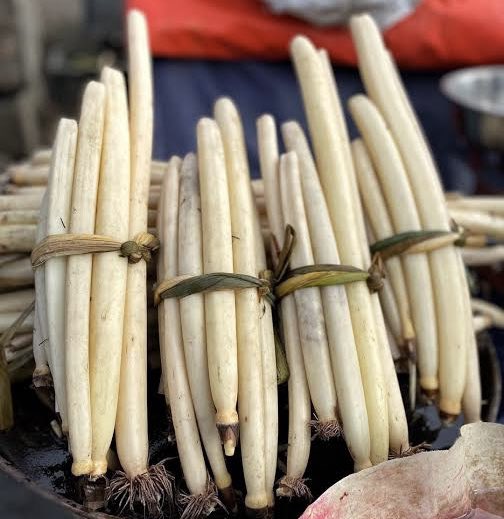Wular Lake, one of Asia’s largest freshwater lakes, is experiencing a remarkable revival as Nadru (lotus stems) reemerges after nearly 25 years. This development brings hope and joy to hundreds of families who rely on the lake for their livelihoods. Historically significant, Wular Lake has faced severe degradation due to pollution and urbanization, leading to the near extinction of Nadru cultivation. However, recent dredging and restoration efforts have breathed new life into this vital ecosystem.
Historical Background
Wular Lake has long been a crucial resource for the local population, providing food and economic opportunities. The lake was historically known as Mahapadmasar in ancient texts, reflecting its vastness and significance. According to local lore, it was once home to a flourishing city ruled by Raja Sudrasen, which was submerged due to his misdeeds.
In the 15th century, Sultan Zain-ul-Abidin constructed the artificial island of Zaina Lank in the lake, further enhancing its historical importance. Over the decades, however, increased pollution from agricultural runoff and urban encroachment severely impacted its health. By the late 1990s, Nadru production had virtually disappeared, leaving many families struggling to make ends meet.
The Importance of Wular Lake
Wular Lake is not just a natural wonder; it plays a critical role in the ecosystem of the Kashmir Valley. It covers an area of approximately 200 square kilometers and is fed by the Jhelum River, acting as a natural reservoir that regulates floodwaters from glacial melt in the Himalayas. The lake supports rich biodiversity and is vital for migratory birds along the Central Asian Flyway. It also contributes significantly to local fisheries, accounting for about 60% of fish production in Jammu and Kashmir.
In recognition of its ecological significance, Wular Lake was designated as a Wetland of International Importance under the Ramsar Convention in 1990. However, rapid degradation due to siltation and pollution has threatened its health and the livelihoods dependent on it.
The Joy of Harvesting Nadru
Local residents are thrilled by the return of nadru cultivation. Each morning, families venture out in boats to harvest lotus stems from various parts of the lake, even braving sub-zero temperatures. Ishfaq Ahmad Dar, a local harvester, expressed his excitement: “At first, we thought it wasn’t nadru, but when we dove deep into the lake and retrieved it from the depths, people started chanting in joy. Everyone was happy because our livelihood depends on it.”
Nazir Ahmad noted that this resurgence is not just about harvesting; it symbolizes hope for the future of Wular Lake. “After 25 years, nadru production is back. It shows that the lake is coming alive again,” he stated.
Economic Impact on Local Communities
The revival of Nadru has significant implications for local economies. Previously reliant on chestnut harvesting, many families are now turning their attention to lotus stem collection. Mohammad Ashraf Dar highlighted that previously around 80% of locals depended on chestnuts; now they are embracing Nadru harvesting as a primary source of income.
Young children have also joined in the effort, selling bundles of Nadru along the Bandipora-Srinagar Road with enthusiastic shouts of ‘Wular Nadru‘ This grassroots involvement showcases how deeply intertwined local culture and economy are with the health of Wular Lake.
Dredging Project Success
Owais Farooq Mir, Project Coordinator at WUCMA (Wular Conservation and Management Authority), emphasized that this development marks a significant achievement for the dredging project initiated in 2020. The project aims to restore ecological health by removing silt using advanced dredging technology. The first phase has successfully cleared 3.1 square kilometers and removed nearly 48.94 lakh cubic meters of silt.
The authorities plan to assess licensing for nadru cultivators to ensure sustainable practices moving forward. Previously limited to fishermen and chestnut gatherers, new licenses may be issued to those harvesting lotus stems as well.
Conclusion
The return of nadru to Wular Lake represents more than just an economic opportunity; it signifies hope for ecological restoration and community resilience. As local families celebrate this revival, they also look forward to a future where Wular Lake thrives once again—supporting livelihoods while preserving its rich biodiversity. The ongoing dredging efforts reflect a commitment to restoring this vital natural resource for generations to come.
With continued support from governmental and non-governmental organizations focused on conservation efforts, there is optimism that Wular Lake can regain its status as a thriving ecosystem while providing sustainable livelihoods for its surrounding communities.







